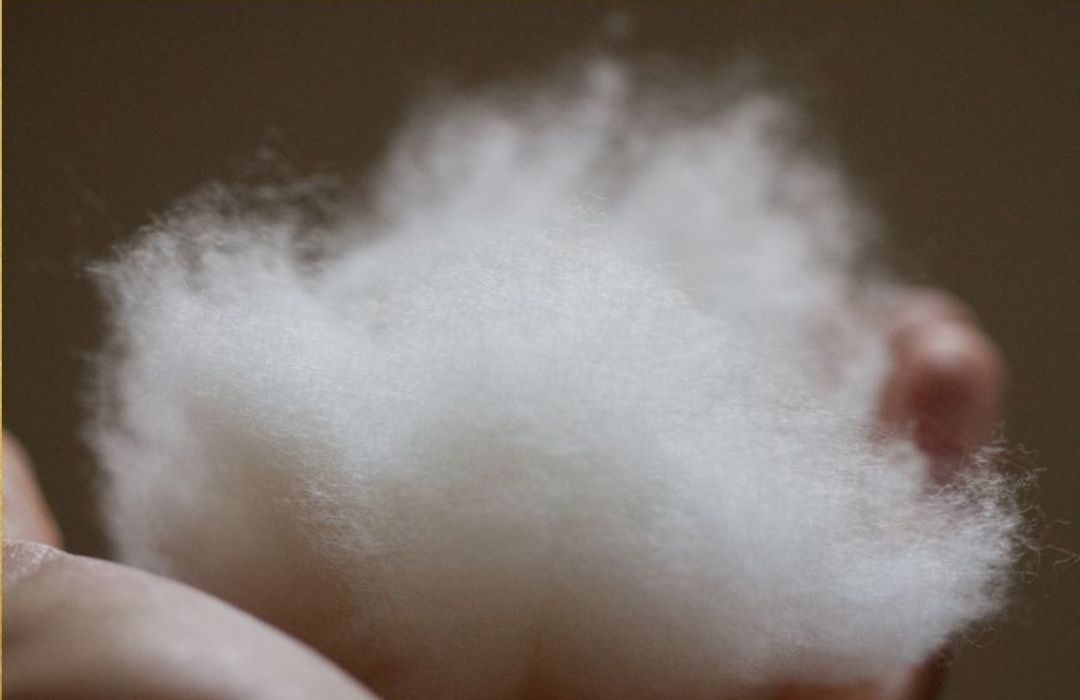Understanding the Special Qualities of cashmere fibre for Superior Comfort
Understanding the Special Qualities of cashmere fibre for Superior Comfort
Blog Article
Recognizing the Different Kinds Of Cashmere a Natural Fiber and Their One-of-a-kind Benefits

The Beginnings of Cashmere: A Historical Summary
While the luxurious touch of cashmere proceeds to beauty modern-day customers, its beginnings map back to the extreme, chilly climates of Mongolia and the Himalayas. For centuries, the native peoples of these regions have been raising Capra Hircus goats, the prime resource of cashmere woollen. These goats, resistant versus the severe wintertimes, grew a fine undercoat to survive, which later came to be recognized as cashmere.

The Production Process: From Goat to Garment
Shearing a Capra Hircus goat notes the beginning of the intricate cashmere production procedure. This fragile treatment generally happens yearly throughout spring. The fine, soft undercoat is after that divided from the coarser external hair, a process referred to as dehairing. The resultant raw cashmere is after that cleaned to remove pollutants such as dirt, oil, and vegetable issue.
The clean fiber is subjected to dyeing, spinning, and weaving, or knitting, to transform it right into a material. Facility procedures like top quality control checks and ending up procedures adhere to, guaranteeing completion item maintains the elegant criterion expected of cashmere. This painstaking procedure, from goat to garment, validates the high price connected to cashmere products, making them a symbol of luxury and improvement.
The Numerous Kinds of Cashmere: An Extensive Evaluation

The Special Benefits of Cashmere: Comfort and Sustainability
Relocating from the variety of cashmere types to the advantages they use, comfort and sustainability stand out prominently. Cashmere, an all-natural fiber, is renowned for its unmatched gentleness, offering a degree of convenience that synthetic fibers can not match. The product's lightness, yet remarkable warmth retention, makes it optimal for all periods. Cashmere's all-natural elasticity allows it to return to its initial shape, making it immune to shrinking or extending.
When it pertains to sustainability, cashmere is renewable and biodegradable, as it's collected from cashmere goats that regrow their coats every year. what is cashmere. Unlike synthetic fibers which can take hundreds of years to decompose, cashmere's influence on the setting is very little. This combination of convenience and sustainability makes cashmere a beneficial selection for mindful consumers

Caring for Your Cashmere: Upkeep and Preservation Tips
While cashmere is unquestionably a glamorous and lasting choice, it requires details treatment to keep its quality and extend its life expectancy. To start, cashmere ought to be hand cleaned using cold water and a mild cleaning agent. Cashmere items should be stored in a great and dry location, away from direct sunshine and wetness.
Buying Cashmere: Recognizing Its Worth and Worth
Although cashmere may originally seem like a pricey investment, its lasting value and worth come to be obvious when you consider its amazing high qualities. Understood for its exceptional soft qualities and warmth, cashmere is a premium all-natural fiber that outshines other materials. Investing in cashmere, for that reason, is not simply concerning current fashion trends, yet concerning embracing a lasting, long-lasting, and glamorous way of living.
Conclusion
In summary, the kind of cashmere one selects, be it Mongolian, Chinese, or Italian, is dictated by private preferences for warmth, sustainability, budget plan, and luxury. Recognizing the beginnings, production process, and one-of-a-kind advantages of various kinds of cashmere can direct consumers in their financial investment in this lavish all-natural fiber.
Whether it's the outstanding warmth of Mongolian cashmere, the affordability of Chinese cashmere, or the eco-conscious manufacturing of Italian cashmere, there's a story to be uncovered behind each fiber type. Cashmere, a natural fiber, is renowned for its unparalleled soft qualities, offering a level of convenience that synthetic fibers can not match.When it comes to sustainability, cashmere is sustainable the original source and biodegradable, as it's collected from cashmere goats who regrow their layers every year. Known for its unrivaled soft qualities and heat, cashmere is a costs natural fiber that surpasses various other materials. Comprehending the origins, production procedure, and distinct advantages of different kinds of cashmere can lead consumers in their financial investment in this extravagant natural fiber.
Report this page